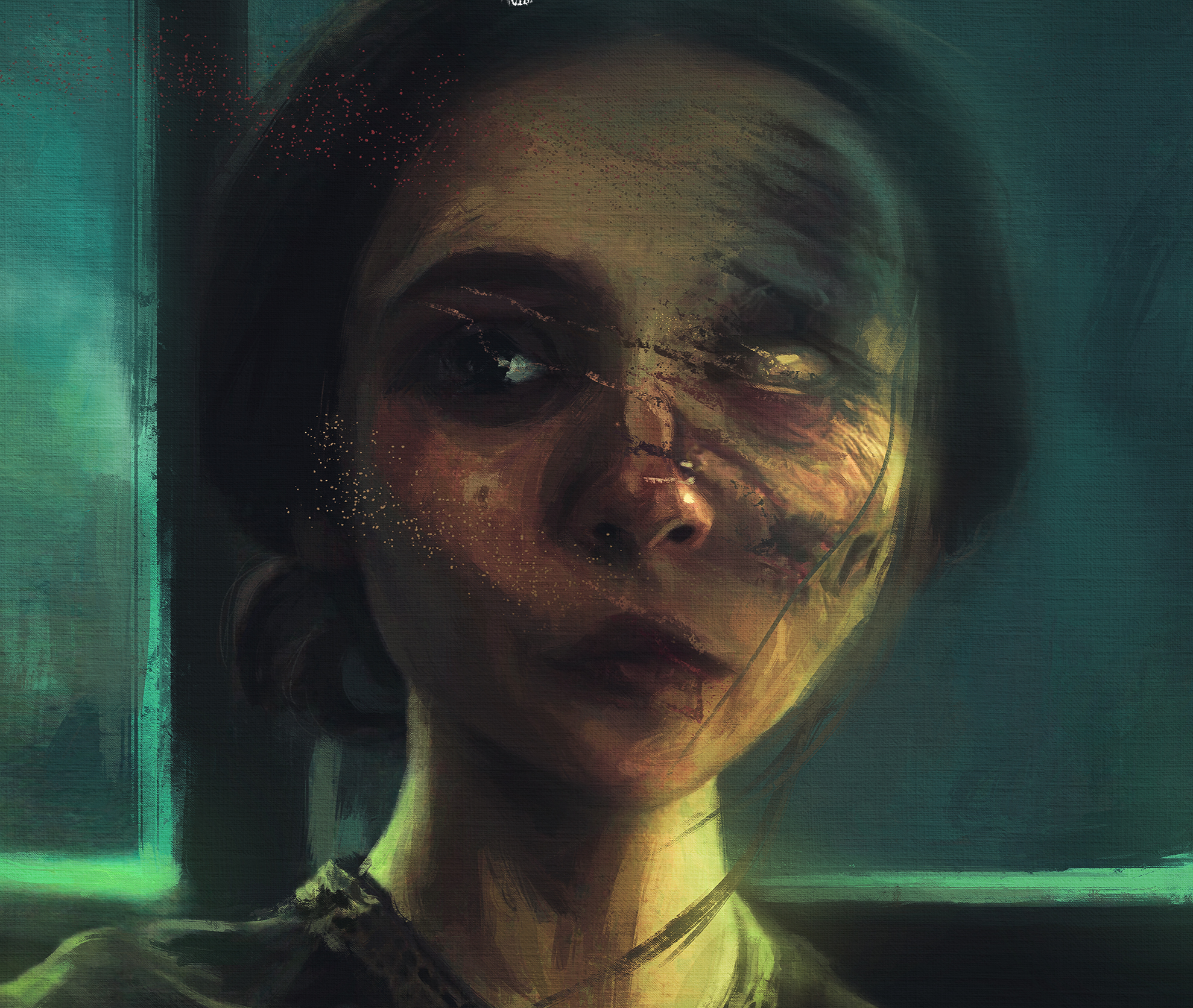Date of Discovery
The legend of the Qalupalik comes from Inuit folklore, and are said to be as old as the culture itself.
Name
The Qalupalik (plural: Qalupaliit) is also spelled Qualupalik, and Qallupilluit and in the native Inuit writing system is referred to as ᖃᓪᓗᐱᓪᓗᐃᑦ (Qalupalik).
Similar to the Kappa from Japanese folklore, and more distantly related to the Siren and the Mermaid.
Physical Description
The Qualupalik is said to wear an amauti (dual: amautik, plural: amautiit), which is similar to a parka, but traditionally worn by parents so they may carry their young children bundled on their back.
As with most similar legends, there are conflicting reports as to the physical appearance of the Qalupalik—they are, however, always referred to as being humanoid. While there are some reports of a male-gendered Qalupalik, the most traditional depiction of these creatures are believed to be female in nature. They are often referred to as having long flowing hair, as well as elongated, sharp fingernails or talons that tip their webbed hands and feet, and green slimy skin. Other descriptions refer to her skin as being scaly or bumpy and in some depictions they have fins coming out of their heads and backs.
Origin
Northern Alaska and Canada’s first Inuit settlers began crafting tails of these mythical creatures to warn and scare children into taking their harsh environment seriously. This makes dating the origin of a single village or time difficult; however, these tales are still taught today to keep the Inuit cultural folktales alive and the oldest written version of this story dates back to 1888 when Franz Boas, a German Anthropologist took it upon himself to record the oral stories of the indigenous peoples of the North American regions.
There is little information to be found about the Qalupalik whether you’re looking on the internet or in the University archives of Fairbanks Alaska—this is primarily due to the origin of this tale being passed from generation to generation orally until their forced integration into European-American culture and sent to Christian boarding schools. It was at this point in the Inuit culture that many of the old traditions and legends were left behind and forgotten.
Mythology and Lore
The legends perpetuated about the Qalupalik state that these creatures lure children in by humming at the shoreline or knocking under the ice in order to coax a child to a weak part in order to grab them through the thin sheet of ice. In consideration of the amautiit they wear, the Qalupalik secures the child to their back and carries them away to their underwater cave. While in some legends, it is said that the Qalupalik eats the child immediately upon capturing them, other sources state that the Qalupalik places them into a supernatural sleep to feed off of the child’s innocence in order to steal their youth and remain immortal. Most sightings happen and are not properly recorded, or the Qualupalik is mistaken for some other aquatic cryptids that are known to be in the same regions.
These creatures, like many that are derived from Inuit folklore, serve a utilitarian purpose of keeping young children safe in the dangerous icy world they live in. The legend, in essence, keeps children away from thin ice or bodies of water, as this is where the creatures are said to live. Children are warned that if they are found alone at the edge of the ice, the Qalupalik will stuff them into its amauti before drowning them in the icy water. The less supernatural explanation is that an icy shoreline or thin ice is a life-threatening hazard for children and scaring them with a threatening monster is the best way to help children to understand the danger and keep them away.
Modern Pop-Culture References
Books & Literature
- A Promise is a Promise (1988)
- The Qalupalik (2001)
- Putugug and Kublu and the Qalupalik (2019)
Short Films
- Qalupalik (2010)
Check out our article on the Qalupalik below, where you can see Nunavut Animation Lab’s “Qalupalik” animated film.
Works Cited
Akulukjuk, Roselynn. “PUTUGUQ & KUBLU AND THE QALUPALIK.” Kirkus Reviews, Inhabit Media, 7 May 2019.
Houston, James. “Inuit Myth and Legend“. The Canadian Encyclopedia, 04 March 2015, Historica Canada. Accessed 17 December 2020.
Hrodvitnir, Yamuna. “Qalupalik: The Monstrous Inuit Mermaid.” Medium, Medium, 26 May 2020.
“INUIT MYTHOLOGY.” Inuit Mythology.
Kilabuk, Elisha, and Sarah Sorensen. “The Qalupalik.” Quill and Quire, 30 June 2011.
National Film Board of Canada. “Nunavut Animation Lab: Qalupalik.” National Film Board of Canada, 2 Dec. 2010.
Oliver, Mark. “11 Mythological Creatures That Reveal Humanity’s Deepest Fears.” All That’s Interesting, All That’s Interesting, 17 June 2020.
Pfeifle, Tess. Qalupalik. 8 Jan. 2019, www.astonishinglegends.com/astonishing-legends/2019/1/7/qalupalik.
“Qalupalik.” Mythpedia Wiki.
“Tales and Traditions.” The Central Eskimo: Introd. by Henry B. Collins, by Franz Boas, Smithsonian Institution, Bureau of Ethnology, 1888, pp. 212–213.
Toombs, Terrye. “Alaska Folklore: Five Mythical Creatures of the Last Frontier.” Anchorage Daily News, Anchorage Daily News, 2 Dec. 2017.
Is there anything we missed about the Qalupalik? Let us know in the comments section below!
Updated on December 16, 2020 by Mary Farnstrom



